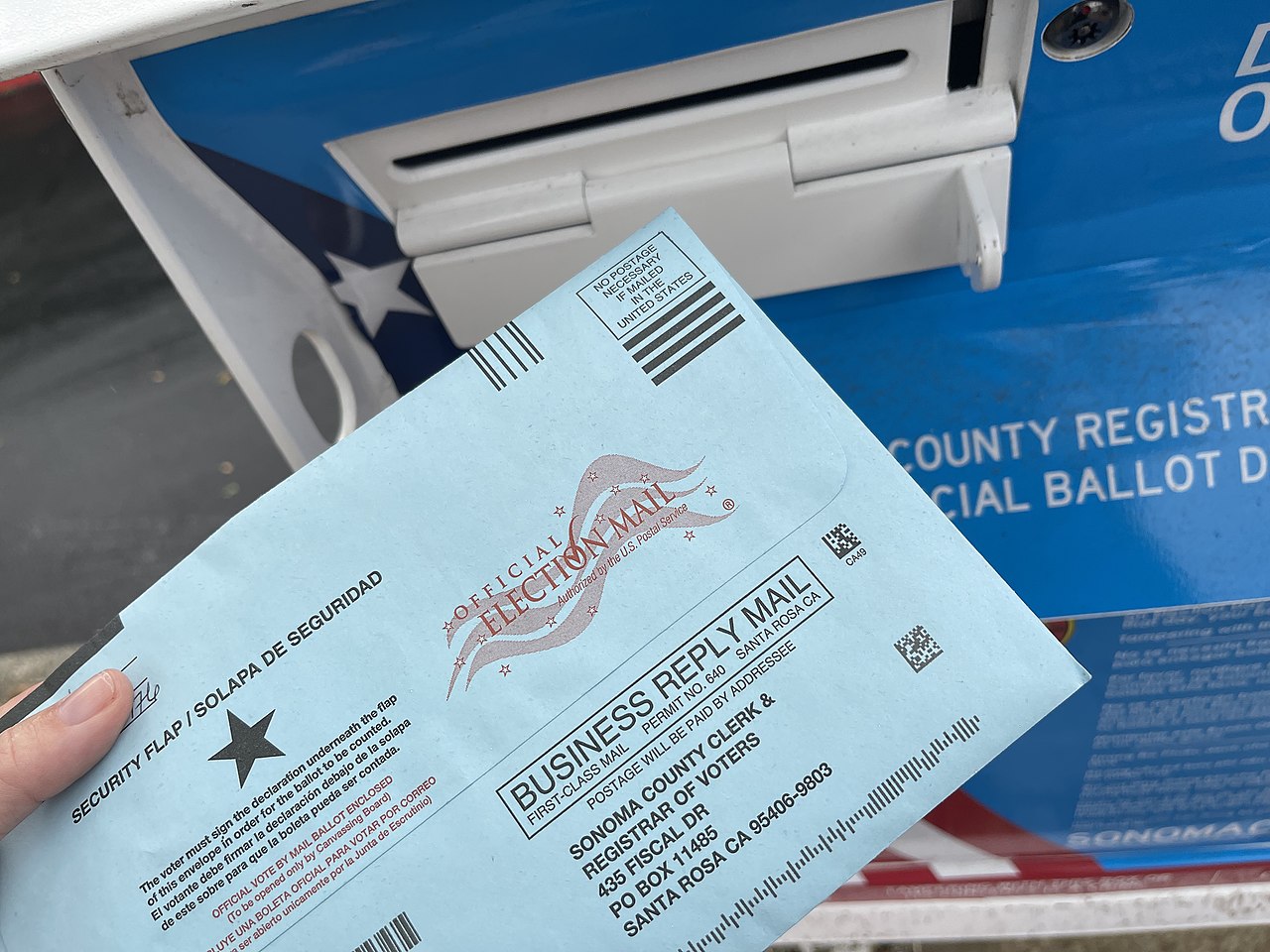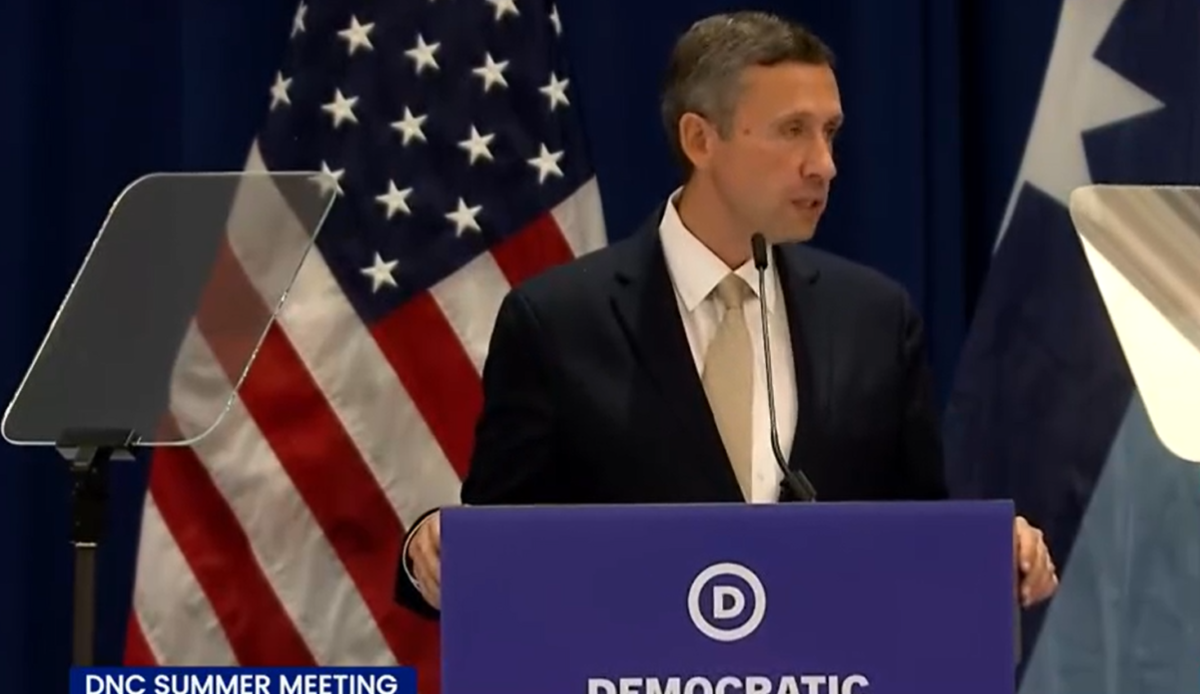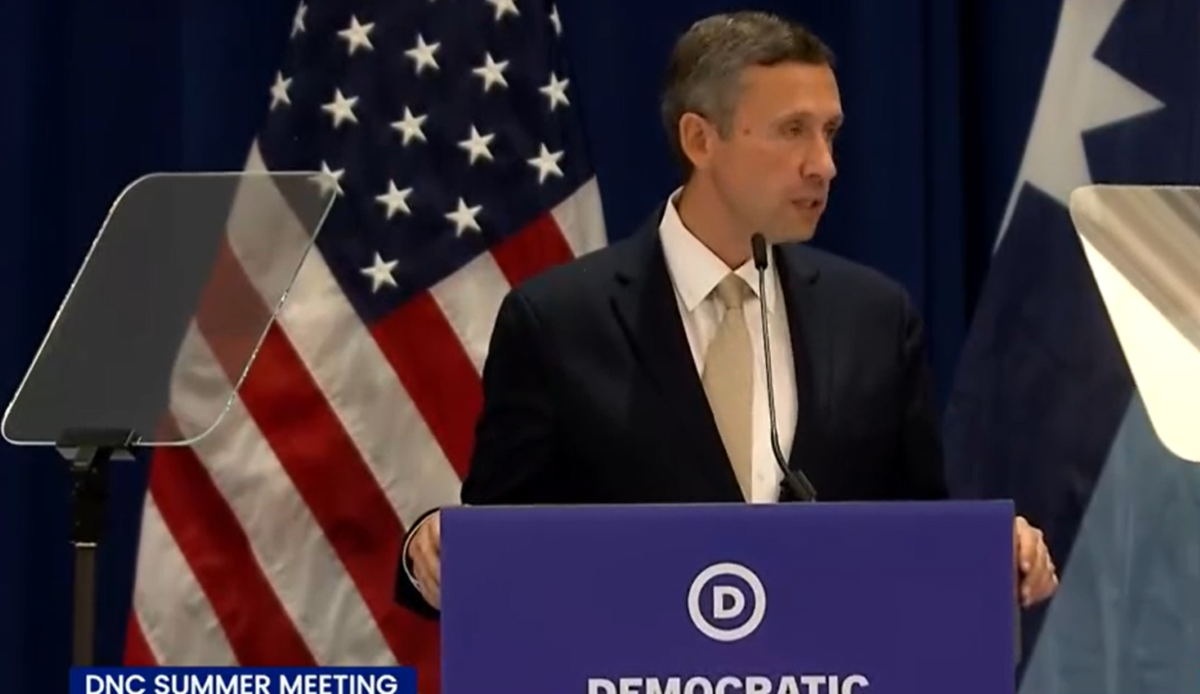Former President Donald Trump announced on Truth Social his intention to sign an executive order banning mail-in voting in advance of the 2026 elections. This move is positioned as a measure to enhance the security and integrity of U.S. elections.
Mail-in voting has been a contentious issue in American politics, with proponents arguing it increases accessibility while critics contend it poses significant risks to election integrity. Trump’s announcement comes amid ongoing debates about the effectiveness and security of mail-in ballots, particularly in states that have widely adopted the practice.
“Mail-in voting is the least secure method of casting a ballot in the United States,” Trump stated, emphasizing concerns about potential fraud and errors associated with this voting method. Critics of mail-in voting point to issues such as ballots being lost in transit, intercepted, or altered without the voter’s knowledge.
States like California, Nevada, and Colorado, which have implemented extensive mail-in voting systems, have faced chronic delays in counting ballots. For example, California took 38 days to certify results after the November 2020 election, with approximately 81 percent of votes cast by mail. In Nevada, mail ballots can be counted if they arrive up to four days after Election Day, extending the timeline for final results.
In addition to these delays, battleground states such as Pennsylvania, Michigan, and Wisconsin have encountered significant challenges related to mail-in voting. Pennsylvania faced legal disputes over ballot receipt and counting procedures, exacerbated by a surge in mail-in voting during the 2020 election. Michigan experienced delays in counting mail-in ballots, while Wisconsin dealt with absentee ballot verification issues.
Supporters of mail-in voting argue that it provides essential access to the electoral process, particularly for those unable to vote in person due to health, mobility, or other reasons. They contend that with proper safeguards, mail-in voting can be secure and efficient.
“We must ensure that every eligible voter has the opportunity to participate in our democracy, and mail-in voting is a critical tool for that,” said a spokesperson for a national voting rights organization, who requested anonymity to speak freely about the issue.
However, Trump and his supporters assert that the current mail-in voting systems lack adequate safeguards, leading to procedural confusion and potential fraud. They argue that banning mail-in voting would restore public confidence in the electoral process.
“Elections must be secure, transparent, and fair. While convenience is important, it can never come at the expense of integrity,” Trump stated, reinforcing his stance on the need for in-person voting with proper identification.
As the 2026 elections approach, Trump’s proposed executive order is expected to reignite discussions about voting methods and election security. The implications of such a ban could significantly impact voter turnout and the electoral landscape, especially in states where mail-in voting has become a standard practice.
Critics of the proposal warn that banning mail-in voting could disenfranchise many voters, particularly those in rural areas or those with disabilities. They argue that the focus should be on improving the existing mail-in voting systems rather than eliminating them altogether.
As the debate continues, the future of mail-in voting remains uncertain, with both sides preparing for a contentious electoral cycle ahead. Trump’s commitment to election integrity is likely to be a focal point in the lead-up to the 2026 elections, as he seeks to rally support around his proposed changes to voting practices.
READ Wisconsin AG Pursues Charges Against Trump Campaign Attorneys



